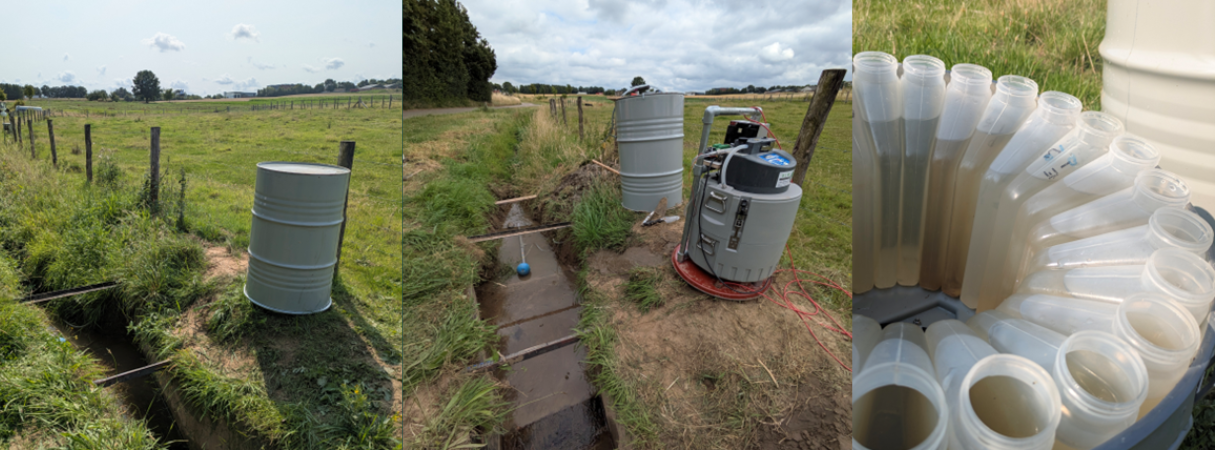
Datos clave
VITO y Wageningen Research investigarán la contaminación por PFAS cerca de una antigua fábrica de papel en Willebroek, Bélgica. La zona enfrenta contaminación de múltiples fuentes, incluidas emisiones de PFAS en el aire provenientes de la fábrica. Las autoridades locales necesitan una imagen más clara de cómo se propagan estos contaminantes y su impacto en el medio ambiente para desarrollar estrategias de remediación efectivas. VITO combinará un modelo de calidad del aire con un modelo de lixiviado del suelo para rastrear el movimiento de PFAS en el aire y en el suelo. WENR se centrará en cómo los PFAS interactúan con el suelo y cómo son absorbidos por las plantas. Al integrar estos modelos y su experiencia, buscamos mejorar la comprensión de los patrones de contaminación por PFAS. El marco también ayudará a las autoridades a probar diferentes escenarios para apoyar estrategias de remediación efectivas.

Sitio industrial

PFAS
Suelo, aire y plantas
Proceso
Adsorción y transporte de sustancias ionizables como PFAS. Entrada de PFAS atmosférico al suelo. Absorción de PFAS por las plantas y otros contaminantes orgánicos ionizables.
Acciones y resultados esperados
- Simulación de emisiones de PFAS, dispersión atmosférica y deposición en una gran área utilizando el modelo IFDM.
- Incorporando la deposición simulada de PFAS en un modelo de lixiviación del suelo para refinar las condiciones de frontera y mejorar la precisión.
- Mejorar los modelos de lixiviación del suelo al representar mejor la adsorción de PFAS, considerando sus propiedades de tensioactivo.
- Mejorando la parametrización del comportamiento de los PFAS en los modelos de absorción de plantas.
Desafíos
- Los PFAS consisten en más de 6000 moléculas individuales, cada una con propiedades únicas. Un desafío clave es identificar los PFAS más relevantes para el estudio y determinar los parámetros necesarios para un modelado preciso.
- Garantizar una parametrización precisa del modelo con una cantidad limitada de datos de medición disponibles.
- Identificar y distinguir la contaminación por PFAS de múltiples fuentes, incluidas incendios, contaminación difusa y filtraciones.
Socios involucrados






